Join the course
Humblebrag raclette put a bird on it blog, fam hexagon jianbing neutra godard plaid scenester.
Homesteading 101 Starter Course
Family
Free Guide
Courses & Guides
shop with me
FAVE LINKS
Low Toxic Living
Homesteading
Homemaking
Recipes
Topics
I’m a homesteader, homemaker, milkmaid, and bread baker! This is my very own slice of the internet, dedicated to inspiring you to live old fashioned in today's modern world. I’m so excited you’re here, and can’t wait to connect with you.
Bulk Ferment vs Cold Ferment
If you’re new to sourdough baking, you may have heard the terms “Bulk Ferment vs Cold Ferment” thrown around. But what do these terms actually mean, and how do they affect the quality of your bread? Understanding the purpose of each fermentation period is crucial to producing the best sourdough bread possible.
In this blog post, I will explain what bulk fermentation is and why it’s best to avoid performing it in the fridge. We’ll also explore the cold ferment and why it’s always done in the fridge. By the end of this article, you’ll have a clear understanding of these two common sourdough terms and how to use them to your advantage. For a quick overview of other useful sourdough terminology, be sure to check out our sourdough glossary.
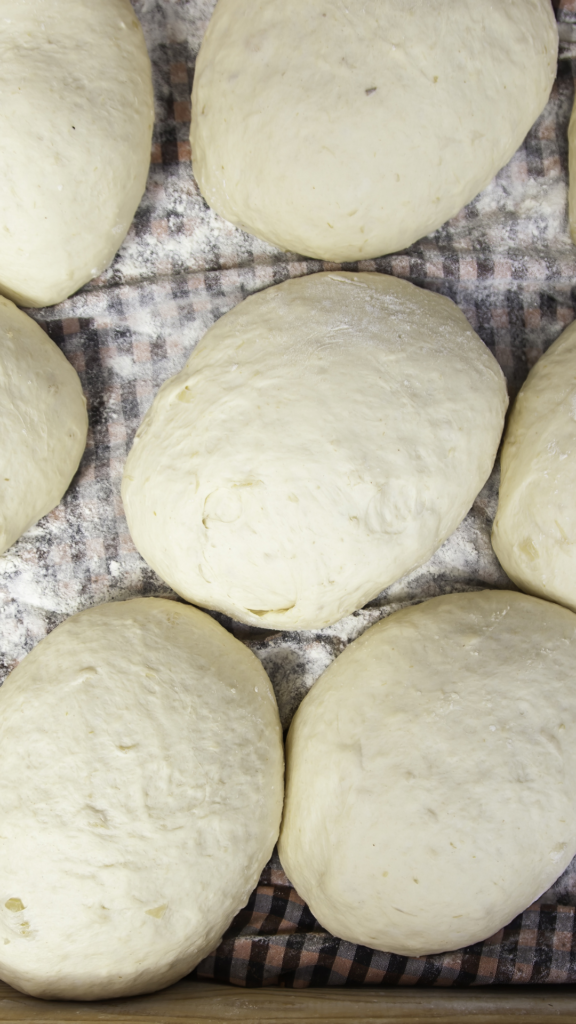
Table of Contents
Related Posts:
- Get Baking Today: Beginner Sourdough Starter Recipe
- Ingredients for Better Sourdough: Tips and Tricks for a Perfect Loaf
- Sourdough Bread: A Beginner’s Guide to Delicious Homemade Loaves
- Bulk Ferment vs Cold Ferment: Which is Better for Your Bread Dough?
- Can Sourdough Starter Go Bad? Tips for Keeping Your Starter Fresh
- Long Fermented Sourdough Bread: A Guide to Achieving Perfectly Tangy Loaves
- Should you Clean your Sourdough Starter Jar?
- Purchase all of my Sourdough Supplies Here!
What Is The Bulk Ferment and How Does It Work?
The bulk ferment is a crucial step in the sourdough bread-making process. During this important step, the dough ferments and rises, developing its gluten structure and creating an airy crumb. The bulk fermentation process is where the sourdough starter, which contains wild yeast and lactic acid bacteria, ferments the dough. The amount of yeast and the hydration of the dough will determine the bulk fermentation time. A higher hydration dough will require a longer bulk fermentation time to allow the gluten development. Proper fermentation is the key to a successful sourdough loaf.
Related Posts:
Bulk Fermentation Outside Ideal Temperatures
Sourdough fermentation can occur at a range of temperatures outside of the ideal range, but the time it takes will be affected. If your kitchen is too warm or too cold, you may want to consider using a bread proofer. If the temperature in your home is outside of the ideal range, bulk fermentation will still occur, but it may take longer or shorter than usual.
If your kitchen is cooler than 20°C (68°F), you can leave your dough overnight on the counter for bulk fermentation, as long as you use the correct amount of sourdough starter. However, if your kitchen is warmer than 28°C (82°F), bulk fermentation will occur quite quickly and you need to keep a close eye on your dough. It could be done in as little as 2 to 3 hours.
Here are some tips for making sourdough in hotter and colder temperatures:
- For colder temperatures, you can try placing your dough in a warmer spot in your kitchen, such as near the oven or on top of the fridge.
- For warmer temperatures, you can try placing your dough in a cooler spot in your kitchen, such as in the basement or in a cooler room.
- You can also adjust the temperature of your dough by adjusting the temperature of the water you use to mix it.
At the end of your bulk fermentation, your dough should be light and pillowy, full of bubbles, and have doubled in size. The surface should be slightly tacky but not sticky, and there should be bubbles formed underneath which make your dough slightly wobbly to the touch. If your dough looks like it’s pulling away from the sides of the bowl, then it’s ready for the next step.
Remember, the best advice for bulk fermentation is to watch your dough and not the clock. Keep an eye on the texture and appearance of your dough and adjust accordingly, rather than relying solely on time.
Can You Bulk Ferment in the Refrigerator?
If you’re wondering whether you can bulk ferment your dough in the refrigerator, the answer is not straightforward. While it is possible to bulk ferment in the fridge, it’s not always a good idea.
Firstly, cold bulk fermentation is only possible if you’re willing to wait for a considerable amount of time, usually between 3 and 7 days. This is because the yeast are very sluggish at low temperatures, and it takes them longer to ferment the dough. However, this prolonged fermentation can have a detrimental effect on the gluten in your dough.
Secondly, bulk fermenting your dough in the fridge can make shaping the dough more challenging. The dough becomes stiff and difficult to shape when it’s cold, which can lead to uneven loaves.
Moreover, the fridge is usually too cold for bulk fermentation. Ideally, the temperature should be above 4 degrees Celsius, but below freezing. Anything below 4 degrees Celsius will put your yeast to sleep, and your dough won’t ferment correctly.
In summary, while it’s possible to bulk ferment your dough in the fridge, it’s not a good idea. The prolonged fermentation time and the difficulty in shaping the dough make it a less than ideal option. It’s best to keep your dough on the counter for bulk fermentation, where the temperature is ideal for the yeast to work efficiently.
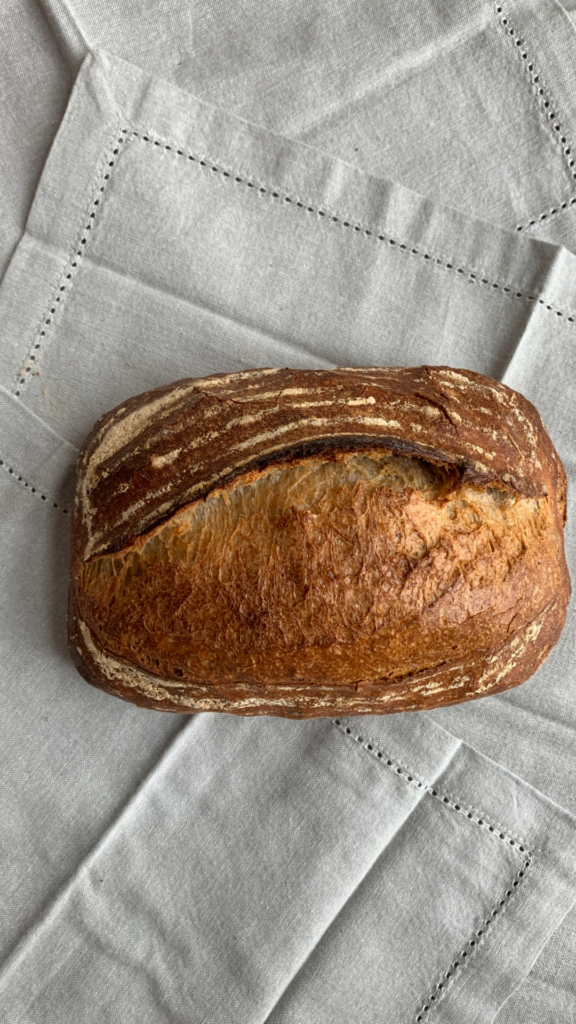
What is The Cold Ferment?
The cold ferment, also known as cold retard, is a crucial step in the sourdough bread-making process that occurs after shaping the dough. It involves resting the shaped dough in the refrigerator for an extended period, usually overnight or up to 24 hours, at lower temperatures.
The primary purpose of the cold ferment is to develop the sourdough flavor further. The organic acids produced during the bulk ferment continue to break down the starches and proteins in the dough, creating a more complex flavor profile. Additionally, the cold ferment makes it easier to score your bread, allowing it to expand and rise evenly in the oven.
Another benefit of the cold ferment is that it allows you to put the commercial yeast to sleep, which means you can bake the bread at another time. Extended periods of cold fermentation also result in a lovely blistered sourdough crust.
To achieve the best results, it’s essential to get the bulk ferment right before placing the dough in the fridge for the cold ferment.
You can shop all of my sourdough tools here!
Related Posts:
Will My Sourdough Rise During the Cold Ferment?
If you’re wondering whether your sourdough will rise during the cold ferment, the answer is no. The cold ferment, also known as cold retard, is not meant to be a second rise. When the temperature in your fridge is 4 degrees or cooler, the yeast will go to sleep, and your bread won’t rise much. If you leave it in the fridge for a long time, like more than 24 hours, your bread may rise a teeny bit, but in general, it’s the bacteria that stay active during the cold ferment.
If your bread rises too much in the fridge, it may deflate when you score it. The bacteria are responsible for the flavor in your bread, which is why a long cold ferment is a great idea if you like a more sour tasting sourdough. The bacteria will produce acetic acid at very low temperatures.
To ensure that your bread rises properly, you need to do the final proofing at room temperature. The final proofing time will depend on the original volume of your dough and the temperature in your kitchen. Once your dough has proofed, you can transfer it to a floured proofing basket and place it in the fridge for the cold ferment. When you’re ready to bake, take the dough out of the fridge and let it come to room temperature before scoring and baking.
Remember, the cold ferment is not meant to make your bread rise, but rather to develop flavor. By understanding the role of yeast and bacteria during the cold ferment, you can ensure that your sourdough turns out perfectly every time.
Can You Skip The Cold Ferment?
Yes, you can skip the cold ferment, but not the bulk ferment. Skipping the cold ferment may make your sourdough less sour or tangy. However, if you are short on time, you could let the dough rest while you preheat the oven, score it, and then bake it. Scoring may not be as easy if your dough is not cold, but if you don’t want anything overly decorative, then scoring dough at room temperature will be absolutely fine.
Keep in mind that our ancestors did not have the luxury of a fridge to cold ferment their dough. Cold fermentation lets us control the flavor of the dough, but also allows us to manipulate the process to fit into our busy lives. If you want to achieve a more complex flavor profile, then it’s recommended to include the cold ferment step in your sourdough making process. The next step would be to shape the dough and bake it to perfection.

Using The Freezer to Stop Over Proofing Your Dough
If you’re worried that your bread dough is over fermenting during the cold ferment stage, it can be helpful to pop it in the freezer for an hour or so. This will ensure that the temperature drops down quickly and the yeast activity slows down, preventing over fermentation.
However, if you find that your nicely fermented dough is over-proofing while in the cold ferment stage, it’s important to check the temperature of your fridge to rule that out as an issue.
To use the freezer method, simply place your dough in a plastic bag and seal it tightly. Then, place it in the freezer for an hour or so before transferring it to the fridge for the remainder of the cold ferment.
It’s important to note that this method should only be used if you are certain that your dough is over fermenting. Otherwise, it may stunt the fermentation process and result in under-proofed dough.
Overall, using the freezer to stop over proofing your dough can be a helpful tool in your bread making arsenal. Just be sure to use it wisely and in conjunction with proper temperature control in your fermentation chamber or Dutch oven. And always remember to use a sharp razor blade to score your dough before placing it in the hot oven for baking on your work surface.
- Sourdough Vanilla Cupcakes: A Twist on the Classic Treat

- Easy Homemade Biscuits: Quick & Delicious Recipes for Beginners

- Soft Dinner Rolls: Your Guide to Fluffy, Perfect Bakes
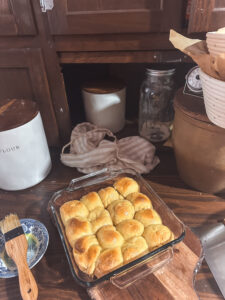
- How to Knead Dough: A Step-by-Step Guide for Perfect Bread
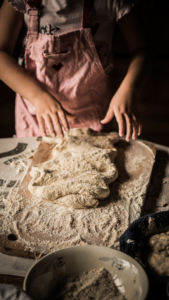
- SALT & STONE Deodorant Review: A Natural Deodorant?
- Sandwich Bread Recipe: The Perfect Loaf for Your Daily Sandwiches
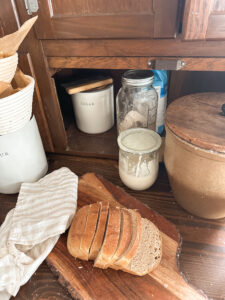

Frequently Asked Questions and more on Bulk Ferment vs Cold Ferment
If you’re new to sourdough baking, you might have some questions about the fermentation process. Here are some answers to common questions:
- Can you ferment sourdough in the fridge? No, bulk fermentation should be done at room temperature. The yeast and bacteria in your starter work best in warmer temperatures, so putting them in the fridge will slow down the process. Cold fermentation is best done after shaping the dough.
- Why isn’t my bread rising during cold fermentation? If your fridge is set to 3-4°C or lower, the yeast will become inactive and the dough won’t rise. The dough might rise a little when it first enters the fridge, but this is due to residual activity. To avoid this, make sure the dough has fully risen before placing it in the fridge.
- What’s the difference between cold fermentation and cold retardation? They’re the same thing. Cold fermentation is also known as cold retardation, and it’s a method of slowing down the fermentation process to develop flavor and texture in the bread.
Remember, sourdough baking is a process that requires patience and practice. Don’t be discouraged if your first few loaves don’t turn out perfectly. With time and experience, you’ll develop a better understanding of the fermentation process and how to achieve the results you want. I hope this blog post helped you understand Bulk Ferment vs Cold Ferment.
Explore Reader
SHOP
Fitbit Versa 2 Health & Fitness Smartwatch
SHOP
Bamboo Nesting storage boxes
SHOP
Ilia Super Serum Skin Tint SPF 40
SHOP
Ninja Max XL Electric Air FryeR
SHOP
Cuisinart 15-Piece Knife Set with Block
SHOP
Muse Bath Apothecary Hand Ritual
SHOP
Martha Stewart 100% Cotton Bath Towels
SHOP
Eozlink Fluffy Fur Slides
Leave a Reply Cancel reply
Watch me clean my home



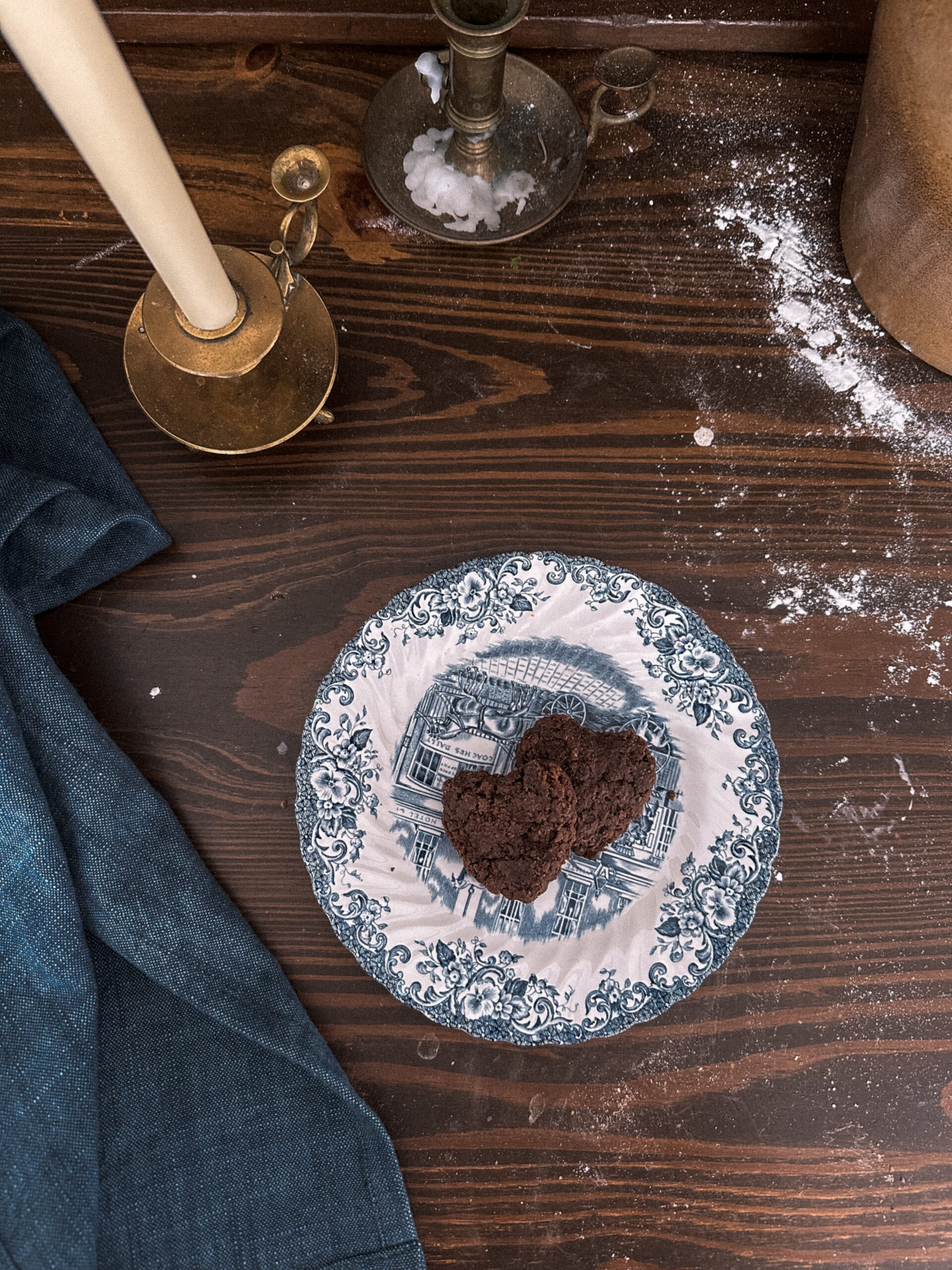
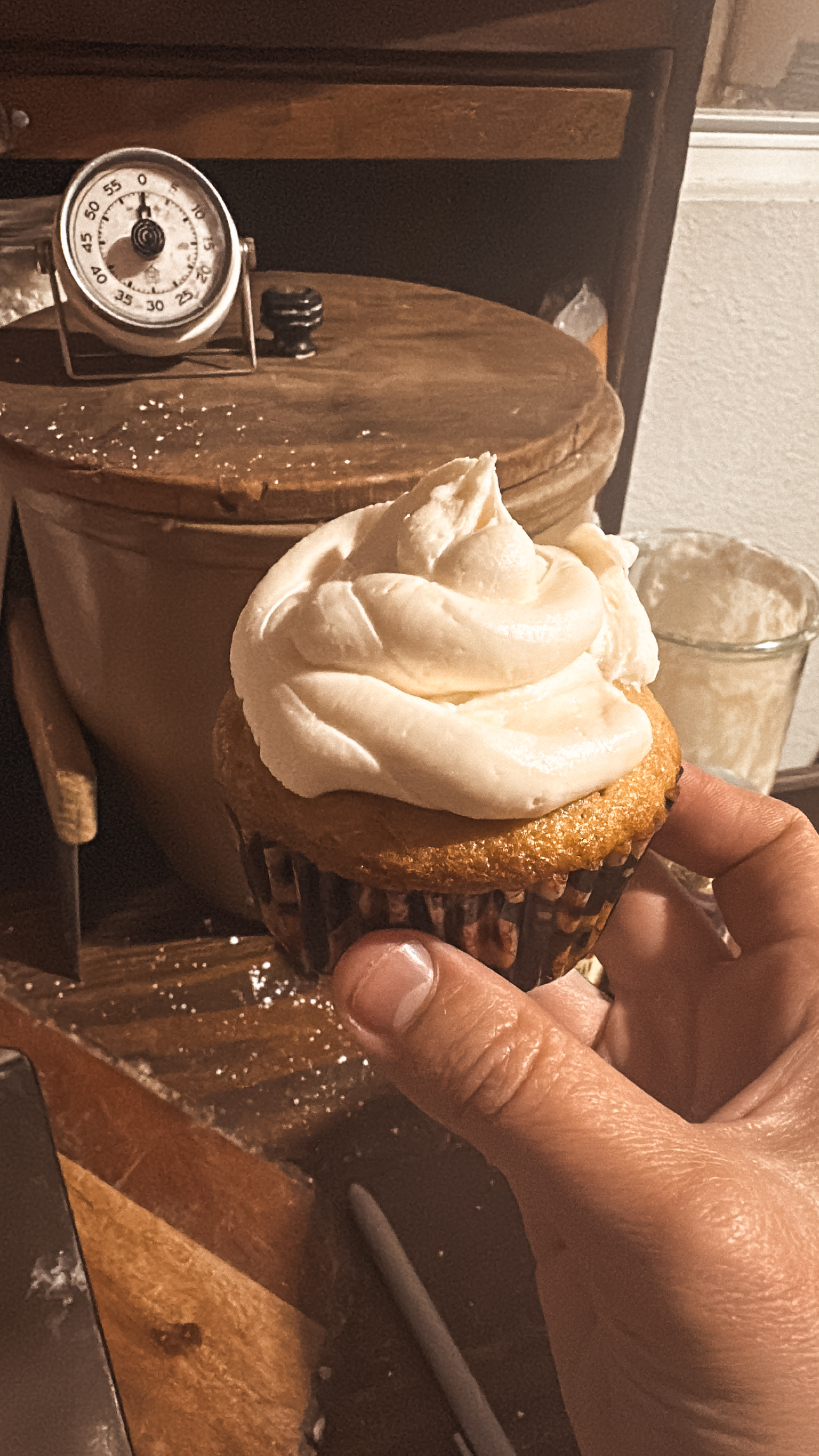
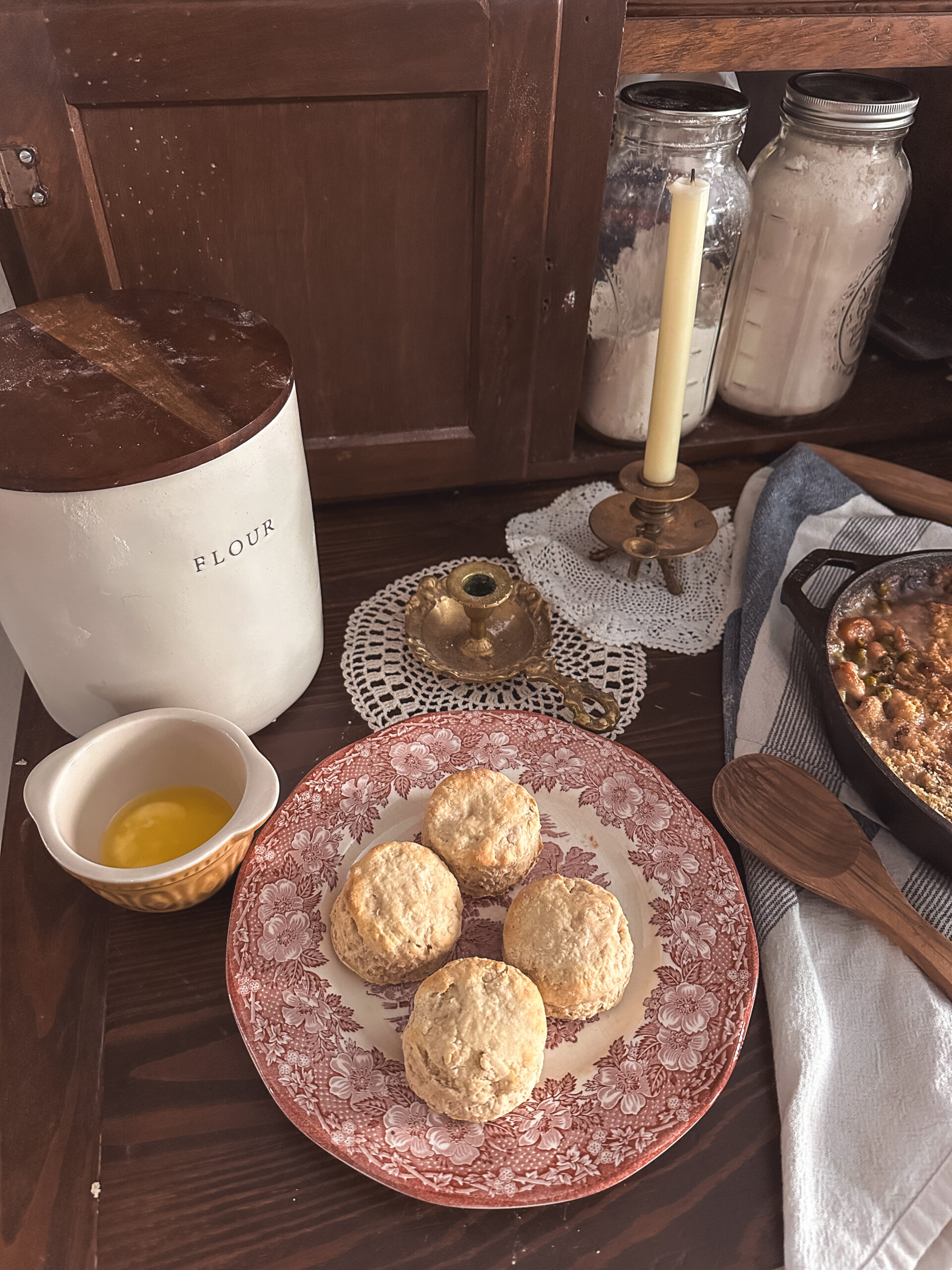

Be the first to comment